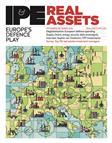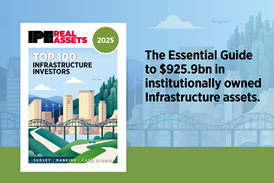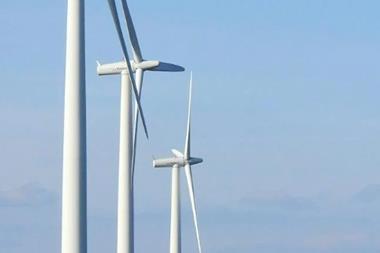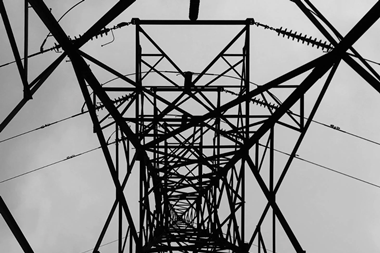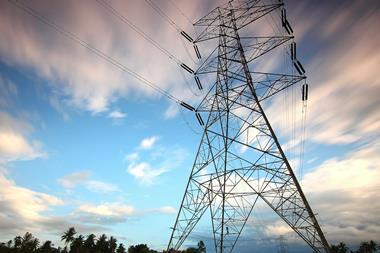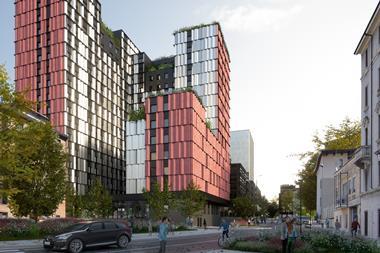While capital is essential, fostering a favourable investment environment also requires streamlining bureaucracy, writes Nicole Arnold
Europe’s eyes are fixed on Germany: will Berlin lift the constitutionally enshrined debt brake rules? It is still too early for historical swansongs; only the new coalition government and its leadership will provide clarity.

However, the debate in Germany is highly controversial; while some consider the debt brake as a guarantee for limiting national debt that enables future generations to act, others see it as an obstacle to public investment.
However, in addition to the planned increase in military spending, a so-called ‘special purpose fund’ totalling €500bn for the renovation and development of infrastructure is now on the table. That is a lot of money, even for one of the world’s largest economies, and means a high level of new debt. I don’t want to judge this politically.
Yet, there is a long-recognised need for investment. Over the past decades, a huge investment backlog has built up in Germany, ranging from bridge renovations, to railway signal boxes, school buildings and extending to digital infrastructure such as mobile phone coverage and charging infrastructure for the ‘ramp-up’ of electromobility demanded by various stakeholders.
The new coalition’s apparent commitment to invest a lot of money in the long-neglected infrastructure is a strong signal. The move could stimulate the economy and thoroughly strengthen existing developments, as the Renewable Energy Country Attractiveness Index by accounting firm EY shows. According to this index, Germany is already one of the three most attractive investment locations for renewables, only preceded by the US and China.
Nevertheless, as with any medication – especially at this dosage – there is also a theoretical risk of undesirable side effects that could affect private sector investors. These side effects could, for instance, take the form of ‘crowding out’, ie, when an increased government involvement in certain sectors of a market economy depresses or even eliminates private sector spending.
Is this to be feared with the planned infrastructure package? When taking a closer look, these possible side effects appear manageable.
One aspect is construction capacity, which could prove to be a limiting factor. The term ‘skills shortage’ is omnipresent in Germany. The construction industry might welcome new orders. But simultaneously, there is still a need for more construction in Germany – for example, for affordable housing in major cities. This could lead to bottlenecks or at least to rising construction costs.
However, it is important not to lose sight of the scale and timeframe: the total volume of construction investment in Germany amounts to around €500bn – per year. By comparison, the infrastructure package, also totalling €500bn, is set up for 10 years.
And public building projects must first be identified, put out to tender and commissioned. It often takes years before the first turf is turned. In short, there could be an inflationary effect, but the impact is more likely to be felt in the medium to long term.
The second aspect to be considered is capital. If the state spends so much money on infrastructure, what investment opportunities are left for private investors? So far, we only have a vague idea of where the state intends to invest the planned special funds.
When it comes to the refurbishing of public facilities or bridges, public spending is rarely in competition with institutional investors. Established asset classes, on the other hand, in which billions of institutional capital have been flowing for years even without state infrastructure programmes, such as photovoltaic or wind energy plants, are unlikely to be a priority for a state special fund.
All things considered, there is reason to believe that such a large infrastructure investment package offers more opportunities than risks for investors, if this can be said at all, given the vague form it has taken so far. There may even be direct opportunities for private investors to participate in public infrastructure projects through public-private partnerships or joint ventures, providing specific additional investment opportunities.
It remains to be seen what long-term effects the infrastructure package will have on interest rates and hence on financing costs. This could make not only infrastructure equity but also infrastructure debt more interesting.
More importantly, we consider this to be a huge investment and economic stimulus programme for Europe’s largest economy, with possible positive effects felt beyond Germany’s borders.
However, capital alone will not be able to drive investment behaviour. Rather, an accompanying reduction in bureaucracy is required to promote the development of an appropriate and favourable investment environment.
To read the latest IPE Real Assets magazine click here.

